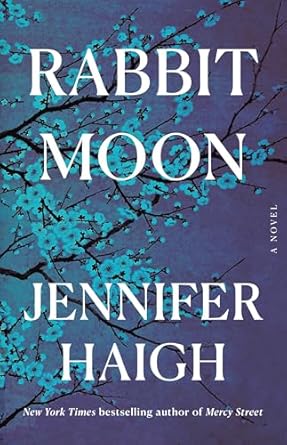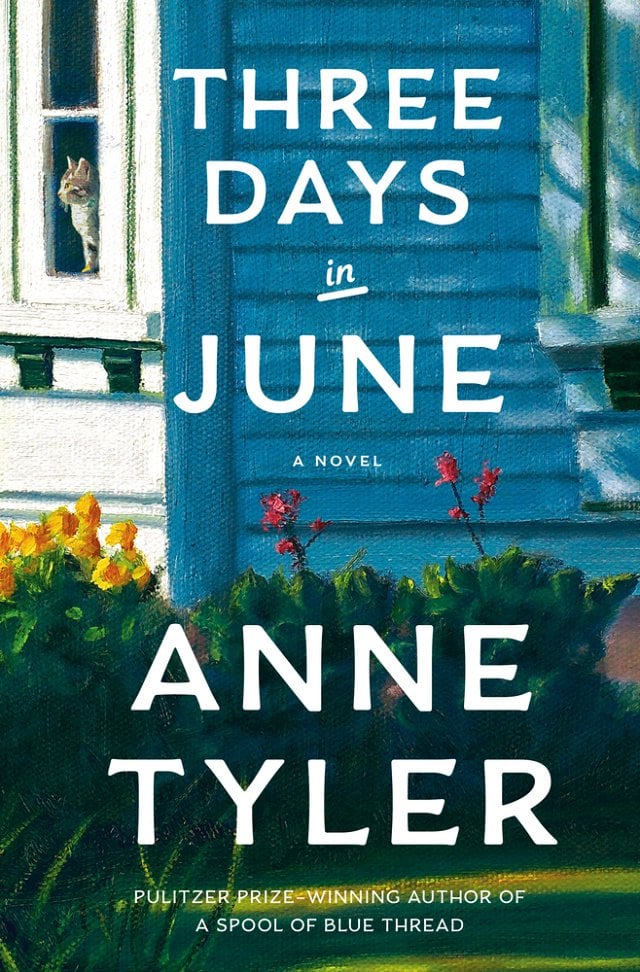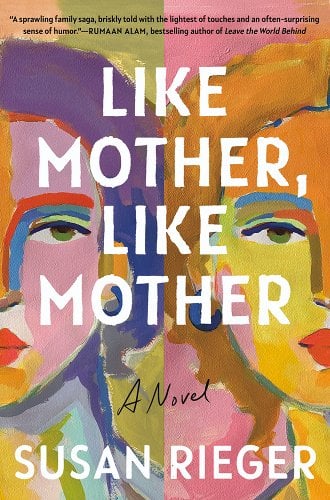 In 1999, Indian-born author Shauna Singh Baldwin came out with her (then) second book, What the Body Remembers. It is the story of the relationship between a childless, 42-year old woman in India and the 16-year old bride her husband brings home to bear him a child. It is a also the story of India’s struggle for independence and the factionalization of Indian society in the first half of the last century. Here are some excerpts from the New York Times review (subscription required) in 1999:
In 1999, Indian-born author Shauna Singh Baldwin came out with her (then) second book, What the Body Remembers. It is the story of the relationship between a childless, 42-year old woman in India and the 16-year old bride her husband brings home to bear him a child. It is a also the story of India’s struggle for independence and the factionalization of Indian society in the first half of the last century. Here are some excerpts from the New York Times review (subscription required) in 1999:
Three major themes converge in the book: the division of India, the sorrows of patriarchy and a woman’s role in the emerging nation-state. Along the way we are offered a sumptuous tour of that rich and poor and calm and chaotic country, including the manifold rituals of dressing, marital customs, manners, mores, foods of all sorts and other exotica of the sectarian Indian culture. We’re also shown the paradox of the British position, sensible and inane, and ultimately the firestorm of violence that accompanied that country’s division.
Happily, Baldwin is aware that all politics are personal, and so the winds of change are felt in the background here and the household drama is placed up front. As the three main characters sit for their wedding photograph, Satya thinks, ”How to bear this?” She will not recover from this bitter event, and Roop, the young new wife, will begin her lessons on how to become a good wife in such a world. It is an education that parallels that of India, in terms of learning subjugation and being quietly colonized.
The review concludes: "The world changes for these people. The profound terror of civil war rakes their sense of family, community and country. In What the Body Remembers, with her sharp focus on women in such turmoil, Baldwin offers us a moving and engaging look at 20th-century India’s most troubled years.
From Amazon:
The dramatic and brutal story behind the 1947 partition of India, as played out in the region of Punjab, is the compelling backdrop for this stunning first novel that entwines the fate of three remarkable characters: Sardarji, a wealthy Sikh landowner whose heart is in India, but whose head is in England; Satya, his constantly scheming, feisty wife who lives for her husband but cannot give him children; and Roop, Sardarji’s second, much younger wife, married for the express purpose of providing the family with an heir. Intensely atmospheric, the novel contains lyrical descriptions of daily life in a village with dusty fields of maize and clusters of homes; the cinnamon, anise and fennel smell of Satya’s kitchen; Sardarji’s Oxfordian attire and his spindly-legged English furniture. Baldwin, who grew up in India, skillfully creates an exotic milieu where women are sheltered from the outside world and struggle for influence over their families.
I can’t find out much else about this book online. Baldwin has written two other books: English Lessons and Other Stories, a collection of stories about women from 1919 to the present day in India and Canada, and The Tiger Claw, a WWII spy thriller.
Have any EDIWTB readers read anything by Shauna Singh Baldwin? Please weigh in!










About Me
I have been blogging about books here at Everyday I Write the Book since 2006. I love to read, and I love to talk about books and what other people are reading.